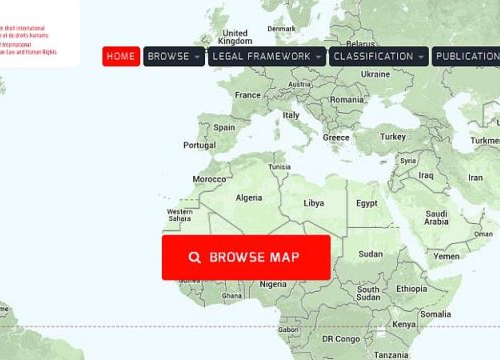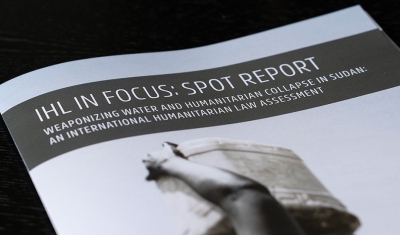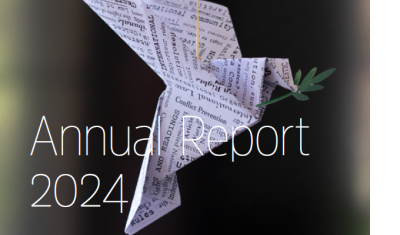A New Rule of Law in Armed Conflicts Online Portal


Geneva Academy
7 February 2017
We are launching an updated version of our Rule of Law in Armed Conflicts (RULAC) portal, an online database that identifies and classifies all situations of armed violence that amount to an armed conflict under international humanitarian law (IHL). The updated version includes all conflicts that have emerged over the last five years and are still ongoing.
New and Updated Armed Conflicts
This version entails new and updated armed conflicts, as well as a map allowing visitors to search armed conflicts and parties to these conflicts via multiple filters. ‘The map offers visitors a more intuitive approach: they can visualize where conflicts take place and where parties to these conflicts are’ underlines Sandra Krähenmann, Research Fellow at the Geneva Academy. ‘We clearly see, via the map, that while most armed conflicts are taking place in the Middle East and on the African continent, parties to these conflicts are from across the world’ she adds.
As a legal reference source for a broad audience, RULAC is regularly updated to integrate new armed conflicts and developments. Today, RULAC monitors more than 13 situations of armed conflicts: 2 military occupations, 2 situations of international armed conflicts and 9 situations of non-international armed conflicts. These conflicts are taking place in 9 countries: Central African Republic, Egypt, Iraq, Libya, South Sudan, Syria, Turkey, Ukraine and Yemen.
For each armed conflict, RULAC provides the factual and methodological basis for its classification, and identifies the parties and the applicable international law. The portal also includes sections on the definition and categories of armed conflict under IHL and the legal framework governing armed conflicts.

An Independent and Impartial Assessment
While there are many different definitions of armed conflict used for different purposes, the question whether a situation of armed violence amounts to an armed conflict under IHL has important consequences. States involved in armed conflicts have rights and duties that do not exist in times of peace.
The classification of situations of armed violence is fraught with difficulties. Many states deny that they are involved in armed conflicts, arguing instead that they are engaged in counter-terrorism operations. Others apply IHL to situations that do not amount to an armed conflict. Moreover, contemporary armed conflicts are increasingly complex due to the multitude of state and non-state parties involved.
Based on open source information, RULAC provides an independent and impartial assessment that identifies situations of armed conflict under IHL. It is intended to assist other actors that may want to classify situations of armed violence for their purposes.
By making such information available to a broad, non-specialist audience, including by using visual tools, the RULAC project strives to promote a more coherent approach classifying conflicts, and, ultimately, to foster implementation of the applicable legal framework, a key element for accountability and the protection of victims.












